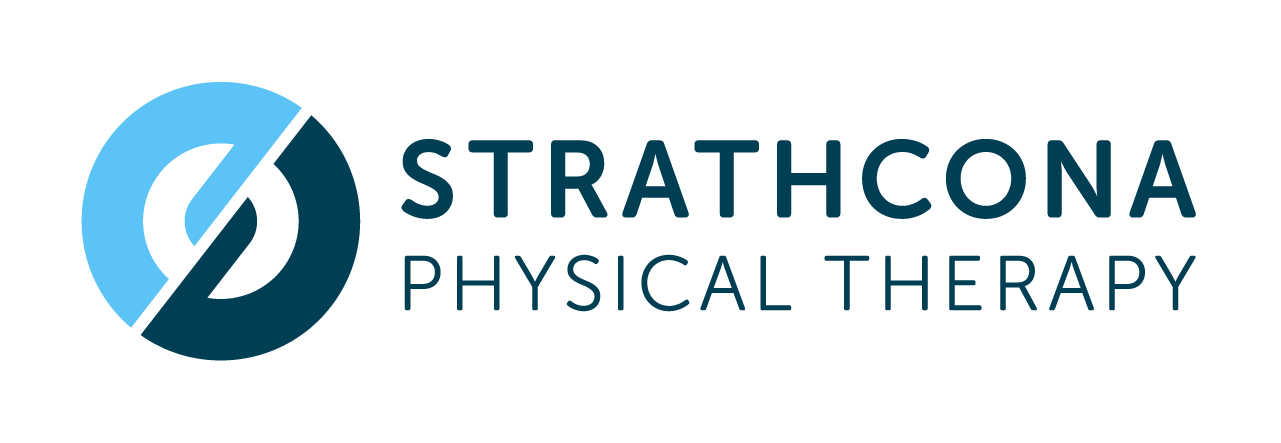Contact Sports: Navigating Brain Health and Degenerative Disorders
Introduction
Contact sports, characterized by physical impact and collisions, have long been celebrated for fostering teamwork, discipline, and physical health. However, the recurring head traumas associated with these sports have raised concerns regarding their link to degenerative brain disorders.
Degenerative Brain Disorders: An Overview
Degenerative brain disorders refer to diseases in which the brain's function deteriorates over time. Many of these disorders result from abnormal protein build-up that damages neurones, the primary cells responsible for transmitting information in the brain. One well-known degenerative brain condition connected with contact sports is Chronic Traumatic Encephalopathy (CTE). Here we will delve into the relationship between degenerative brain disorders and contact sports, particularly focusing on CTE.
Chronic Traumatic Encephalopathy (CTE) and Contact Sports
The most discussed degenerative brain condition in the realm of contact sports is CTE. Chronic Traumatic Encephalopathy (CTE) is a progressive degenerative disease of the brain associated with repeated head traumas, including concussions and even sub-concussive injuries. While it's most famously linked to American football, CTE has been identified in the brains of individuals who played other contact sports such as hockey, boxing, rugby, and soccer.
Symptoms:
CTE symptoms can be broad and may develop years or even decades after the last trauma. These include:
Cognitive impairment
Impulse control problems
Depression
Aggression
Parkinsonism
Memory loss
Progressive dementia
Mechanism:
Although the exact mechanism isn't entirely understood, repeated head trauma is believed to cause a buildup of an abnormal form of a protein called tau. This protein can build up in the brain and form tangles, which disrupt the normal functioning of neurones.
Tips to Safeguard Brain Health in Contact Sports
The prevalence of concussions and repeated head injuries in contact sports has led to increased scrutiny and concerns about long-term brain health for athletes. Several findings include:
Increased Awareness and Research: Due to numerous cases of former professional athletes displaying symptoms consistent with CTE, there has been a push for more research on the effects of repeated head traumas.
Rule Changes and Their Impact: Research has shown that changes in game rules can reduce head impacts. For instance, a study on youth football, published in Orthopaedic Journal of Sports Medicine (2018), found that eliminating kickoffs significantly reduced head impacts.
Helmet and Equipment Design: While helmets can prevent skull fractures, their efficacy in preventing concussions is still debated. Research in Annals of Biomedical Engineering (2013) noted that while modern helmets can reduce the risk, they don't eliminate it.
Education: Athletes, coaches, and parents are being educated on the dangers of concussions, the importance of proper tackling techniques, and the need to take head injuries seriously.
Rest and Recovery: Following any head injury, it's essential to ensure a full recovery before returning to play. This includes following medical advice and protocols to the letter.
Baseline Testing: Regular cognitive testing can help track an athlete's brain health over time, making it easier to detect any abnormalities.
Conclusion:
While contact sports offer numerous benefits, including physical fitness, team-building, and discipline, they also come with risks. The connection between repeated head trauma and degenerative brain disorders like CTE has ignited a debate about the safety of such sports. There's a growing emphasis on making these sports safer through rule changes, equipment improvements, and education. Athletes and parents should be informed of the risks and the signs of brain injuries so they can make informed decisions about participation and seek prompt medical attention when needed.
References:
Daneshvar, D. H., Nowinski, C. J., McKee, A. C., & Cantu, R. C. (2011). The epidemiology of sport-related concussion. Clinics in sports medicine, 30(1), 1-17.
Hardy, J., & Selkoe, D. J. (2002). The amyloid hypothesis of Alzheimer's disease: progress and problems on the road to therapeutics. Science, 297(5580), 353-356.
McKee, A. C., Stern, R. A., Nowinski, C. J., et al. (2013). The spectrum of disease in chronic traumatic encephalopathy. Brain, 136(1), 43-64.
Goldstein, L. E., Fisher, A. M., Tagge, C. A., et al. (2012). Chronic traumatic encephalopathy in blast-exposed military veterans and a blast neurotrauma mouse model. Science translational medicine, 4(134), 134ra60-134ra60.
Giza, C. C., Kutcher, J. S., Ashwal, S., et al. (2013). Summary of evidence-based guideline update: evaluation and management of concussion in sports: report of the Guideline Development Subcommittee of the American Academy of Neurology. Neurology, 80(24), 2250-2257.
Kerr, Z. Y., Yeargin, S., Valovich McLeod, T. C., et al. (2015). Comprehensive coach education and practice contact restriction guidelines result in lower injury rates in youth American football. Orthopaedic Journal of Sports Medicine, 3(7), 2325967115594578.
Rowson, S., Duma, S. M., Greenwald, R. M., et al. (2014). Can helmet design reduce the risk of concussion in football?. Journal of neurosurgery, 120(4), 919-922.
Register-Mihalik, J. K., Guskiewicz, K. M., McLeod, T. C., et al. (2013). Knowledge, attitude, and concussion-reporting behaviors among high school athletes: a preliminary study. Journal of athletic training, 48(5), 645-653.
McCrea, M., Guskiewicz, K., Randolph, C., et al. (2013). Incidence, clinical course, and predictors of prolonged recovery time following sport-related concussion in high school and college athletes. Journal of the International Neuropsychological Society, 19(1), 22-33.
Echemendia, R. J., Meeuwisse, W., McCrory, P., et al. (2017). The Sport Concussion Assessment Tool 5th Edition (SCAT5): Background and rationale. British Journal of Sports Medicine, 51(11), 848-850.
Harmon, K. G., Clugston, J. R., Dec, K., et al. (2019). American Medical Society for Sports Medicine position statement on concussion in sport. British Journal of Sports Medicine, 53(4), 213-225.

